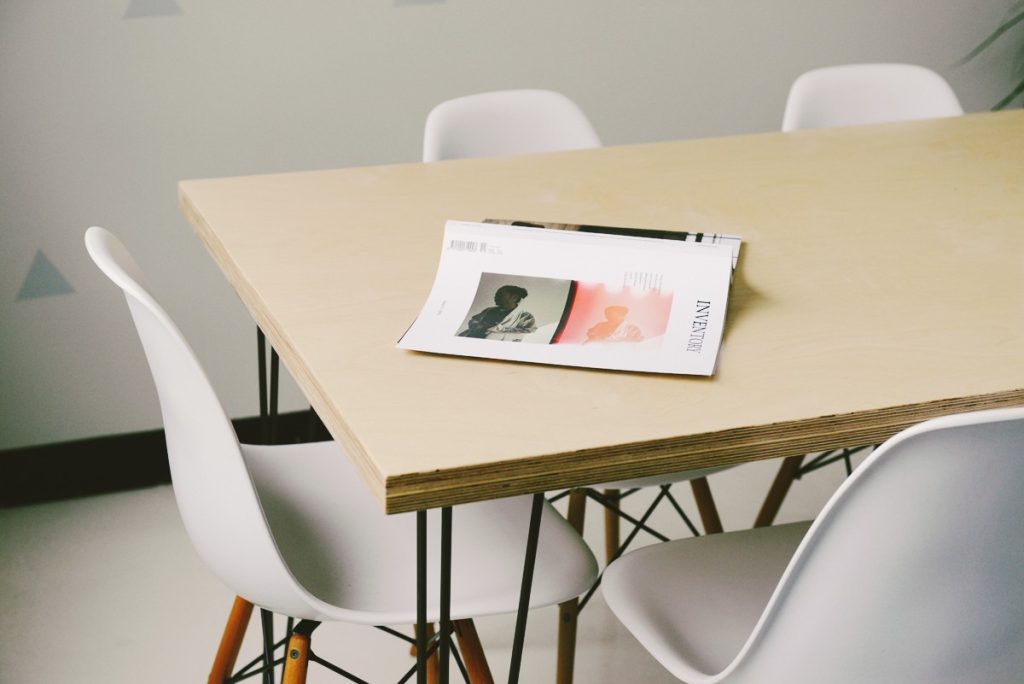
Well, this is it – the biggest, most pivotal project of your life, right? Not exactly.
A portfolio is essential to the career of any graphic designer regardless of their skill set in various disciplines. The best way to think of this designer cornerstone is as a resume, skill sheet, and work example all rolled into one. It’s the most direct way for a potential employer, creative or not, to identity if you have the capabilities necessary to fulfill the job title. While a portfolio isn’t the end all be all, it can be the difference between landing a job – or designing more cat posters for your aunt’s tearoom.
By using these 7 tips, you can set yourself on a path to design the portfolio of your- and your future employer’s – dreams:
TIP 1: PLANNING
Organizing your workflow, priorities, and process when creating your portfolio is essential to the overall success of your work. The order, style, elements, and media are all important to consider before starting the design process.
TIP 2: DIVERSIFY
Having a wide spread of projects, with varying applications and components, will help show your potential employer that you have a diverse set of skills that could be used in a large variety of projects. In addition to planning out your portfolio projects, you should also try to share your work using other channels, such as: Dribbble, Behance, AIGA, LinkedIn, or even a personal website. Diversifying where your work can be seen can be a great way to get noticed and hired!
TIP 3: DESIGN DON’T DOCUMENT
If you are creating a portfolio of past work, there needs to be a good balance of what you show: process, parts, and end product. However, it is important that you design your projects to impress your reader – not just let them know that you’re capable of making a brochure or website. Design a project to make your reader excited and astounded, not just to check off a box in their head. Milton Glaser puts it best, “There are three responses to a piece of design: yes, no, and wow. Wow is the one to aim for.”
TIP 4: PHOTOGRAPHY
As crazy as it sounds, photography is possibly one of the most important components of a successful portfolio because it is so superficial. Whether you are using PSD mockups or taking photos of your work, they need to look flawless and professional – the reason being that most people won’t read your portfolio, they will look at the pictures and draw their own conclusions. As designers, we put so much thought into our work; so at the very least, we need to visually show our commitment to the reader through the use of quality photography. Check out Creative Market for some great mockups.
TIP 5: LESS IS MORE
I’m a firm believer in less is more design and I think it is one of the most important parts of a portfolio, in digital or print. You should craft your portfolio to account for people’s low attention spans; ideally, they shouldn’t need to read a paragraph to understand what your project was about.
TIP 6: DESIGN FOR THE USER
Design your portfolio for the job you are interested in. If you want to be a web designer and are going in for an interview, you probably don’t need to show 5 projects of packaging you’ve made. A helpful tip is to set your print portfolio up without page numbers and with adhesive hingestips – this will allow you to reorganize your portfolio into the best order for the job you are applying for, perhaps web projects first, then advertising projects, then print. Another tip may be to bring your portfolio on an ipad as a PDF or upload it to ISSUU.com or even bring in some mockups of projects you’ve made.
TIP 7: STAND OUT!
I can’t say this enough: stand out from the crowd. Obviously you are different from other designers, you have your own style, skills, and strengths but you really need to show it in your portfolio. Wild, unique projects, innovative packaging, or something just plain funny can really separate you from the crowd and land you in the job you’re looking for.
I hope these tips will help direct you in making a great portfolio and eventually help you into that dream job! Some additional sources that have been a great help to me are “Design Career” by Steven Heller & Lita Talarico, “Graphic Design Thinking: Beyond Brainstorming” by Ellen Lupton, and “Things I have learned in my life so far” by Stefan Sagmeister.
Check out BIGEYE‘s “portfolio” showcasing some of our proudest case studies. Happy scrolling!


